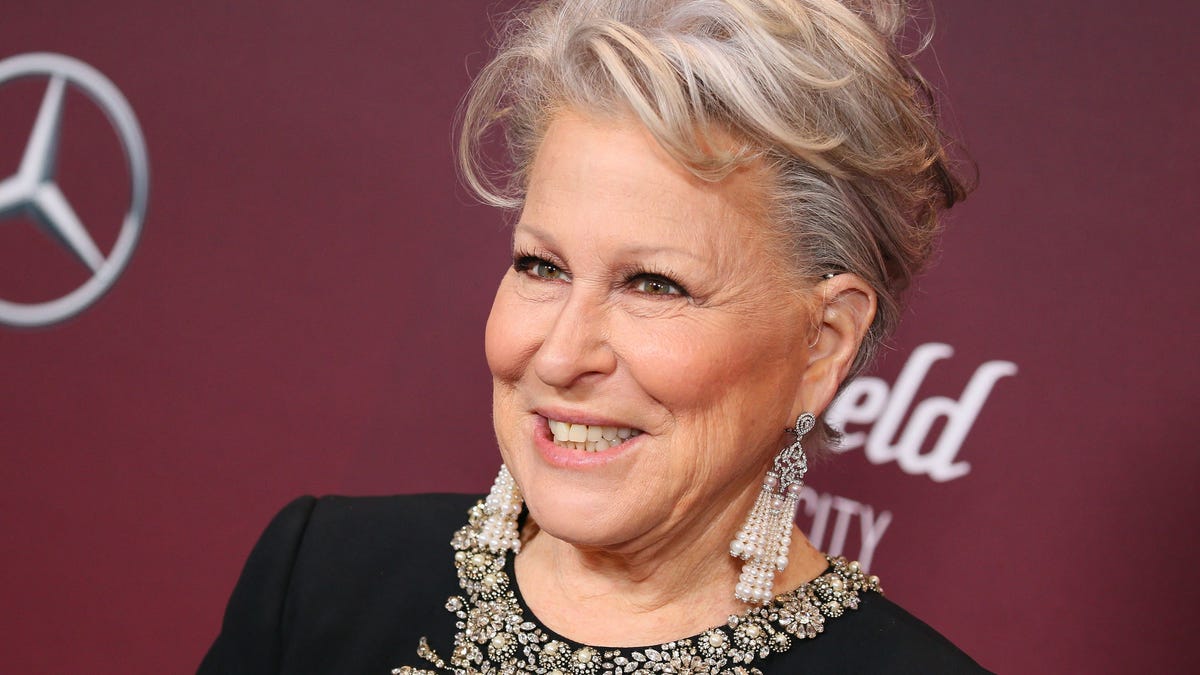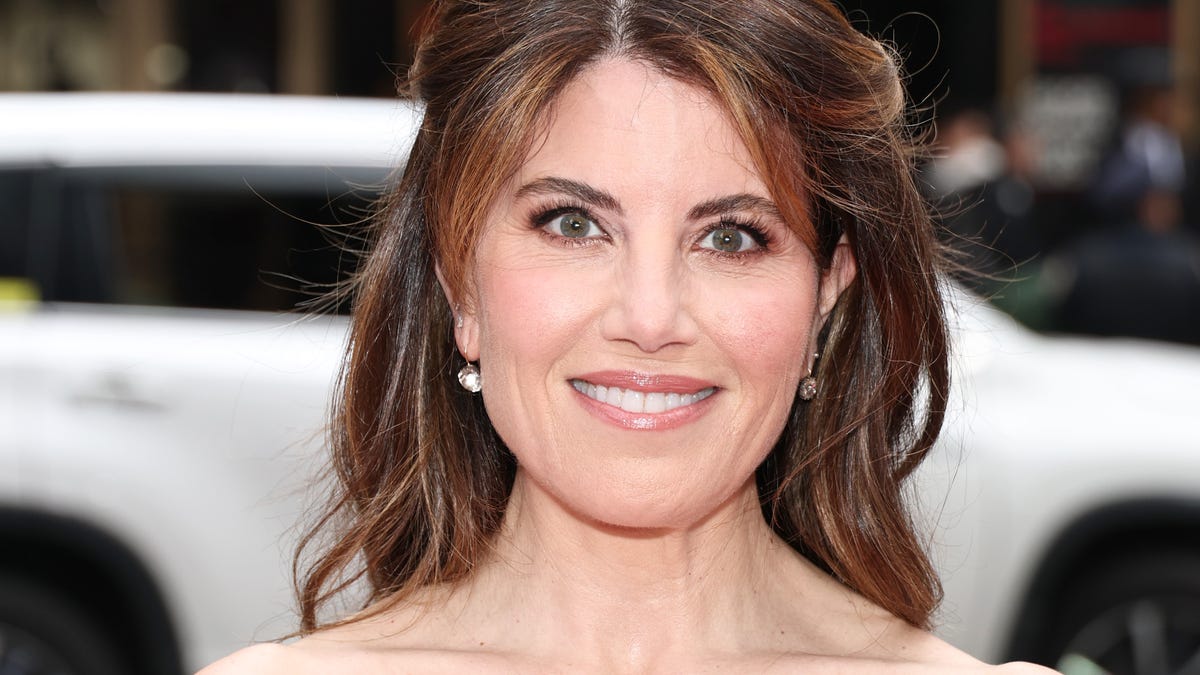‘Freaky Tales’: Jay Ellis takes on the bad guys in action movie
Golden State Warriors point guard “Sleepy” Floyd (Jay Ellis) is on a mission of revenge in a scene from the anthology action movie “Freaky Tales.”
Spoiler alert! We’re discussing important plot points and cameos from the new movie “Freaky Tales,” so beware if you want to go in totally cold. Though it is kind of a blast, so get on that.
Boasting Nazi-stabbing youngsters, rap battles, weird green lightning everywhere, a troubled vengeful antihero and a ninja hoopster, the genre-smashing indie anthology film “Freaky Tales” already has a distinctive scrappy electricity going for it. Then Tom Hanks shows up.
So what is Hanks doing in a B-movie throwback set in 1987 that’s more “Streets of Fire” and “The Last Dragon” than, say, “Saving Private Ryan” or even “You’ve Got Mail”? Because like most everything and everybody in “Freaky Tales,” he’s a Bay Area legend.
Written and directed by “Captain Marvel” filmmakers Anna Boden and Ryan Fleck, the film features four intertwining tales that weave in Oakland history, sports, music and culture.
A group of righteous residents rise up against neo-Nazi skinheads. Two young rappers (Normani and Dominique Thorne) get up the nerve to face off with hip-hip icon Too Short. A bone-breaking debt collector (Pedro Pascal) wants to end it all after a tragedy takes his family. And Golden State Warriors guard Eric “Sleepy” Floyd (Jay Ellis) is a one-man army of righteous fury with a samurai sword the same night he drops a record 29 points in a quarter on the Los Angeles Lakers in a playoff game. (Probably should also mention that Sleepy is a master of three-point buckets AND supernatural psychic energy.)
The fact that it’s a love letter to a tight-knit California community grounds the wilder aspects of its narrative. Bay Area bands like Operation Ivy and Metallica pepper the super-cool soundtrack, and the real Floyd and Too Short, plus former NFL bruiser Marshawn Lynch, have cameos. As does a certain beloved fan favorite.
Even if you know he’s coming, Hanks – who’s also mentioned by characters in passing during the movie, from his ‘80s flicks to his job working concessions for the A’s as a teenager – gives the movie an energy boost in the second “Freaky” tale. And instead of the usual heartwarming role for America’s Dad, Hanks’ video-store manager (naturally named Hank) is a snarky delight. (It almost makes up for “Here.” Almost.)
“Look, I’m just a movie guy,” Hanks says to Pascal’s character Clint when the subject of the Lakers/Warriors showdown is broached, but it’s also one of the most truthful lines in the Hanks-ography. He is a movie guy and that’s why we love him!
But this cat, clad in a Colonial Donuts T-shirt, also brings the movie opinions. Before Clint enters a back-room poker game in the store where the enforcer needs to shake down one of the players, Hank runs down the top five underdog movies of all time.
“Rocky” is No. 5 (“The obvious,” Hank states), followed by “Hoosiers,” “The Dirty Dozen” and “The Verdict.” Hank doesn’t get to tell Clint (or the audience) his top choice before going on his lunch break but hints that it’s a 1979 film Roger Ebert called a “cinematic miracle.” (The answer is “Breaking Away,” by the way.)
Boden and Fleck were inspired to include Hanks because of a 2020 mural painted by Oakland artists featuring the Oscar winner and Too Short. “Freaky Tales” isn’t perfect – had Hanks shown up to eviscerate villainous neo-Nazis “Kill Bill” style, too, it probably would be. But this weird little gem honors acts as a reminder of the kind of star-filled but completely out-there movie we just don’t get much of these days, with the sort of role that Hanks should do more.
Sure, he’s usually an earnest force of nature, but as a crusty cinephile, we say thanks to Hanks.








